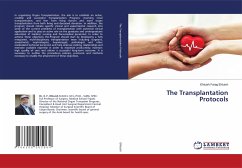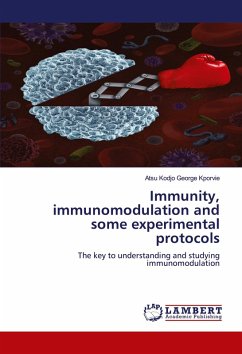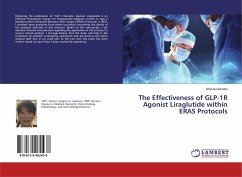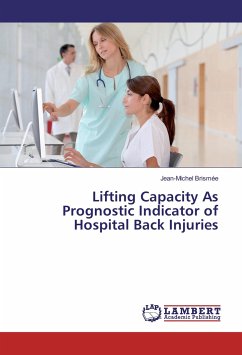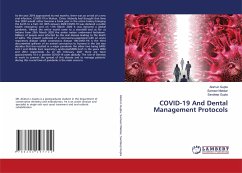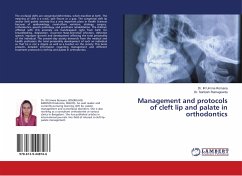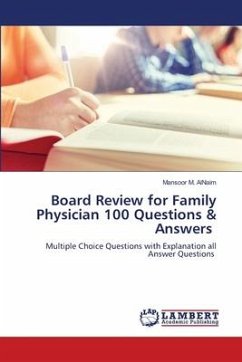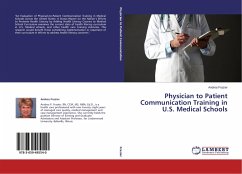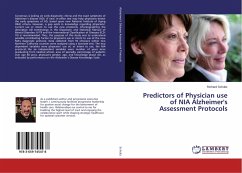
Predictors of Physician use of NIA Alzheimer's Assessment Protocols
Versandkostenfrei!
Versandfertig in 6-10 Tagen
47,99 €
inkl. MwSt.

PAYBACK Punkte
24 °P sammeln!
Consensus is lacking on early diagnostic criteria and the exact symptoms of Alzheimer's disease (AD). A new, in-office test may help physicians detect the early symptoms of AD, based upon new National Institute of Aging (NIA) criteria. However, a gap exists in knowledge regarding physicians' current use or intent to use the new protocols. Choreographing the descriptive AD terminology in the Diagnostic and Statistical Manual of Mental Disorders IV-TR and the International Classification of Diseases (ICD-10) is recommended. Thus, the purpose of this study was to understand possible contributing ...
Consensus is lacking on early diagnostic criteria and the exact symptoms of Alzheimer's disease (AD). A new, in-office test may help physicians detect the early symptoms of AD, based upon new National Institute of Aging (NIA) criteria. However, a gap exists in knowledge regarding physicians' current use or intent to use the new protocols. Choreographing the descriptive AD terminology in the Diagnostic and Statistical Manual of Mental Disorders IV-TR and the International Classification of Diseases (ICD-10) is recommended. Thus, the purpose of this study was to understand possible contributing factors to physician's use or intent to use of the new NIA's diagnostic protocol. Data collected from 55 clinicians within two Northern California counties were analyzed using a bivariate test. The two dependent variables were physicians' use of, or intent to use, the NIA protocol; the six independent variables were number of years since graduating from medical school, area of specialty, percentage of patients over age 60 years, physician's gender, age, and knowledge about AD, as indicated by performance on the Alzheimer's Disease Knowledge Scale.



